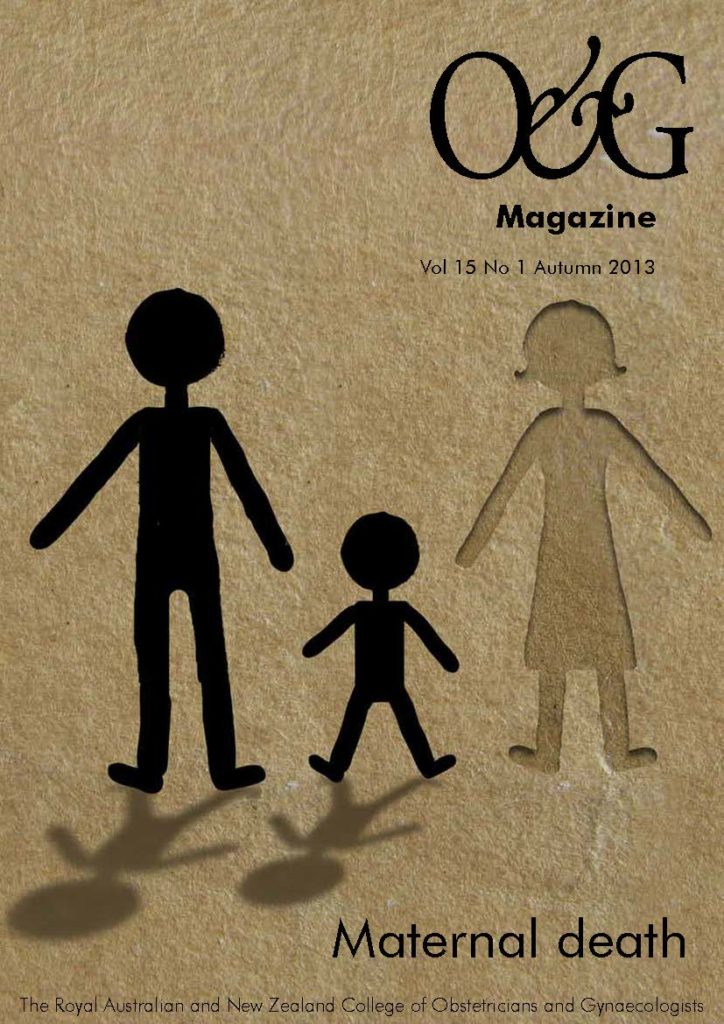Had time to read the latest journals? Catch up on some recent O and G research by reading these mini-reviews by Dr Brett Daniels.
Paediatric labial adhesions
Labial adhesions are a common finding in prepubertal girls, with presentation most commonly associated with difficulty in urination or vaginal irritation. The most common initial treatment for labial adhesions is topical oestrogen, with some cases – those with scarring or fibrosis – eventually progressing to surgical separation. In recent years, topical corticosteroid (0.05 per cent betamethasone) has also been found to be successful in separating the adhesions. In both cases, initial treatment typically ranges from 4–6 weeks. In the longer term, the adhesions generally resolve at puberty as oestrogen levels increase. The authors suggest that there may be concerns with topical oestrogen, with labial pigmentation and premature breast budding being reported.
These two retrospective studies compare the results of oestrogen and betamethasone in prepubertal labial adhesions. The earlier study of 151 girls (Mayoglou et al) reported a success rate of 71 per cent for oestrogen and 78 per cent for betamethasone. Eventually, 27 per cent of the girls treated with oestrogen required surgical separation, with 16 per cent in the steroid group requiring surgery. Unfortunately, 26 per cent of the girls requiring surgery had a recurrence of the adhesions, with 73 per cent of those subsequently treated successfully with topical therapy. Side-effects seen in the oestrogen group were rash (three per cent), breast development (five per cent) and vaginal bleeding (one case). Betamethasone treatment resulted in one case of pubic hair development and one case of erythema and pain. The second study of 131 girls (Eroglu et al) compared topical oestrogen, betamethasone and a combination of the two. They reported that there was no statistically significant differences in the separation rates between the oestrogen only (15 per cent separation), betamethasone only (16 per cent) and a combination of both treatments (28 per cent). It is notable that the success rates in the second study are much lower than the first, possibly due to a younger average age and shorter treatment duration in the second study, but quite possibly an indication of the difficulties of retrospective studies. These two studies both suggest that betamethasone may be a useful alternative to topical oestrogen in the medical treatment of prepubertal labial adhesions.
Mayoglou L, Dulabon DO, Martin-Alguacil N, et al. Success of treatment modalities for labial fusion: A retrospective evaluation of topical and surgical treatments. J Pediatr Adolesc Gynecol, 2009, 22:247-250.
Eroglu E, Yip M, Oktar T, et al. How should we treat prepubertal labial adhesions? Retrospective comparison of topical treatments: Estrogen only, betamethasone only, and combination estrogen and betamethasone. J Pediatr Adolesc Gynecol, 2011, 24: 389-391.
Joint hypermobility and prolapse
Benign joint hypermobility syndrome (BJHS), also known as Ehlers-Danlos III, is a syndrome of increased joint mobility, resulting from an abnormality in collagen. This case-control study recruited 60 women from an English hypermobility clinic and compared them to 60 non-hypermobile age-, parity- and ethnicity-matched women. Participants completed self-reported prolapse and sexual function questionnaires, and were physically assessed using the Pelvic Organ Prolapse Quantification System (POP-Q).
Women with BJHS reported significantly more prolapse symptoms than the control group, including dragging and heaviness, defecatory problems and backache. POP-Q scores showed a significantly greater degree of prolapse in the BJHS group compared to the control group, with significant differences at a number of levels. The authors suggest that many women with BJHS have an increased risk of pelvic organ prolapse; it is an association that gynaecologists should consider when taking a history from women with prolapse.
Mastoroudes H, Giarenis I, Cardozo L, et al. Prolapse and sexual function in women with benign joint hypermobility syndrome. BJOG 2013, 120:187-192.
Maternal posture in occipitoposterior labour
Persistent occipitopostior (OP) position is associated with longer labour, an increased rate of instrumental or caesarean delivery rate and lower Apgar scores. Various methods may be used to reduce the rate of persistent OP presentations, including oxcytocin augmentation, manual rotation and maternal posture.
This French study is a randomised controlled trial of 220 women in labour with a single fetus in a cephalic OP position. Women were randomised to two groups, the control group laboured in a dorsal recumbent position, while the intervention group adopted postures depending on the station of the fetal head. With the station at -5 to -3, women were on hands and knees with their arms supported on a fitball; from -2 to 0, the women were on their side, with the fetal spine down, and from station 0 to delivery they were on their side with their upper leg supported. Any fetal heart abnormality or maternal hypotension would result in a temporary move to a lateral recumbent position.
The authors reported no significant difference in head position at delivery, duration of first or second stage of labour, rate of instrumental or caesarean deliveries, perineal trauma or Apgar score. The authors concluded that no posture should be imposed on women with an OP position in labour as position had no significant effect on maternal or fetal outcomes.
Desbriere R, Blanc J, Le Du R, et al. Is maternal posturing during labor efficient in preventing persistent occiput posterior position? A randomized controlled trial. Am J Obstet Gynecol. 2013 Jan;208(1):60.e1-8.





Leave a Reply